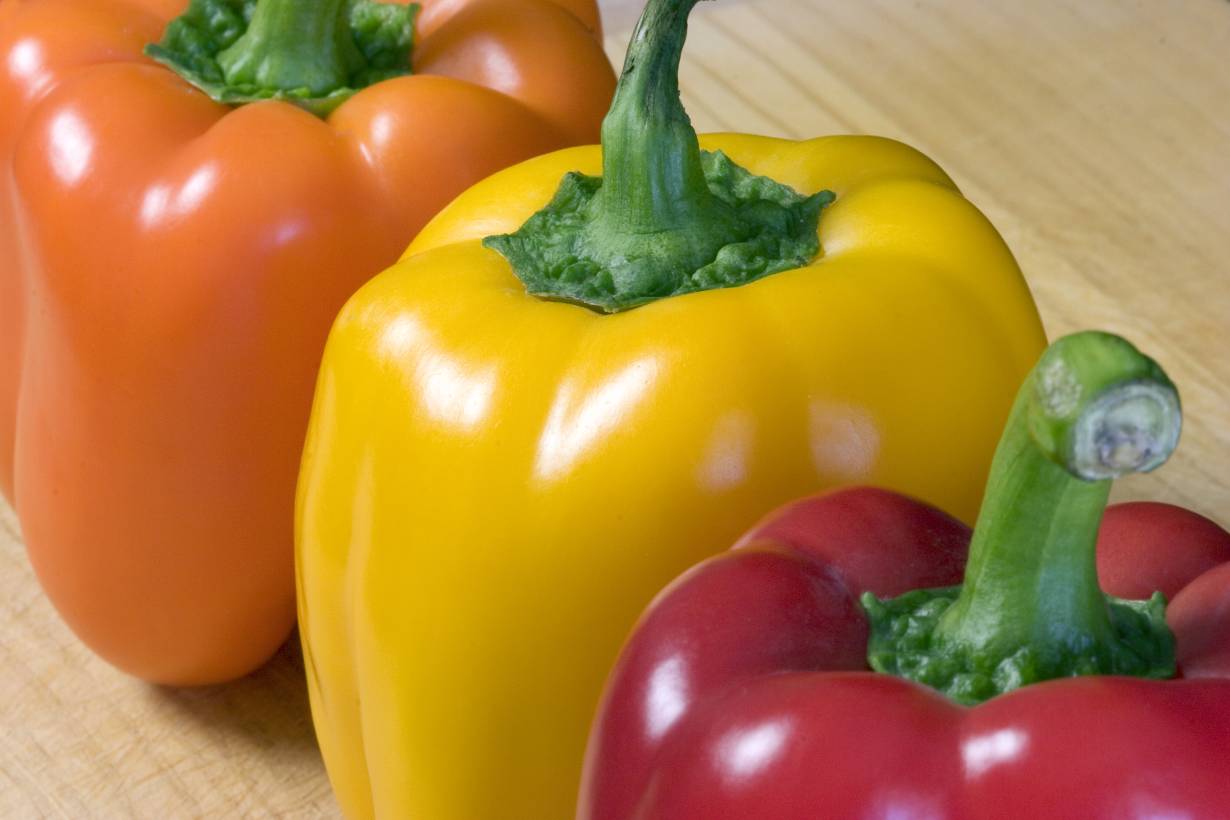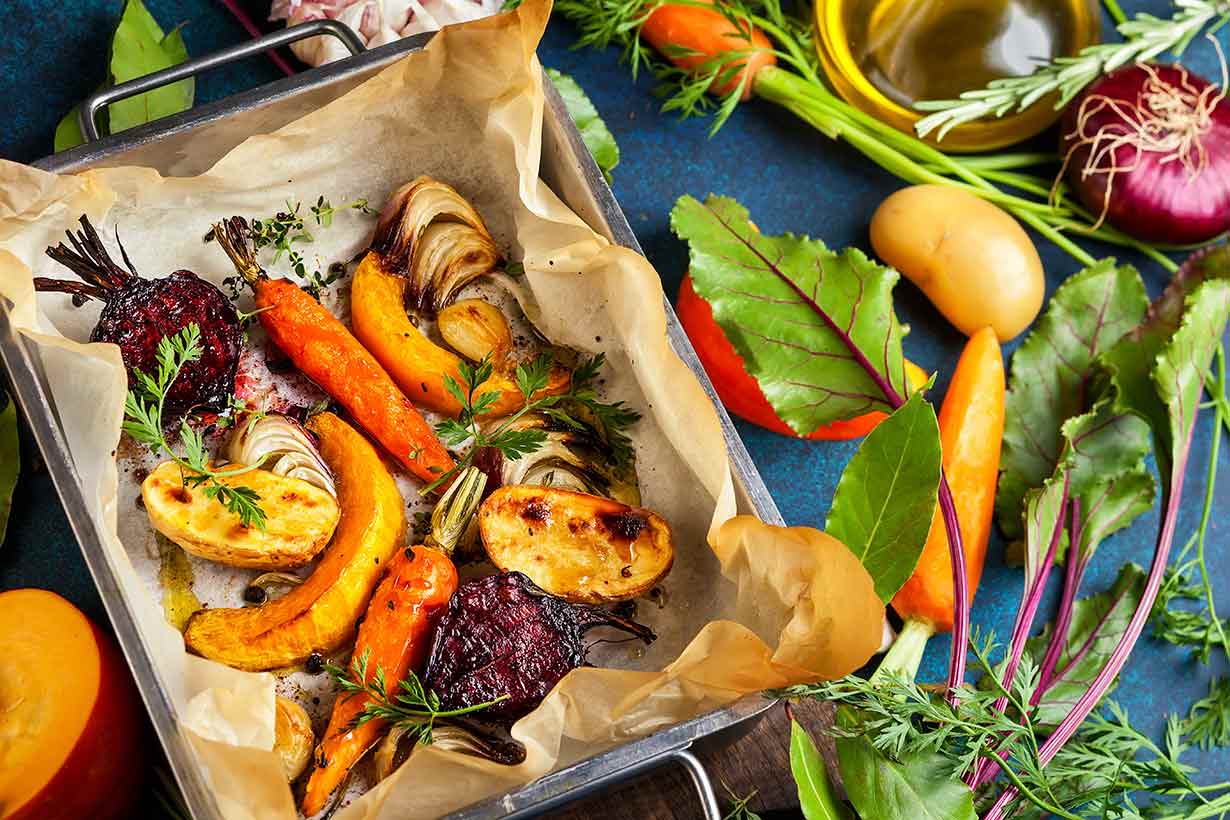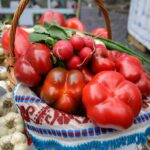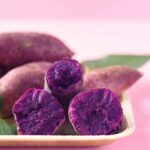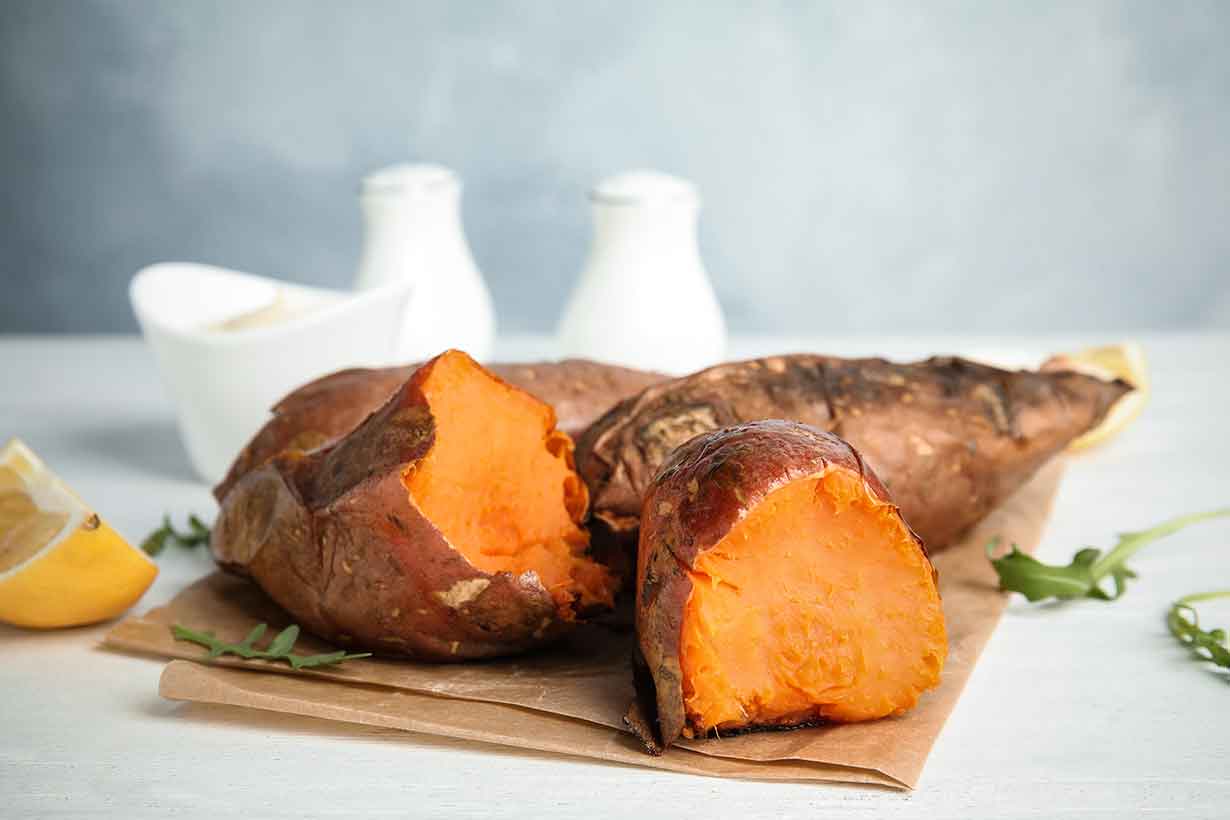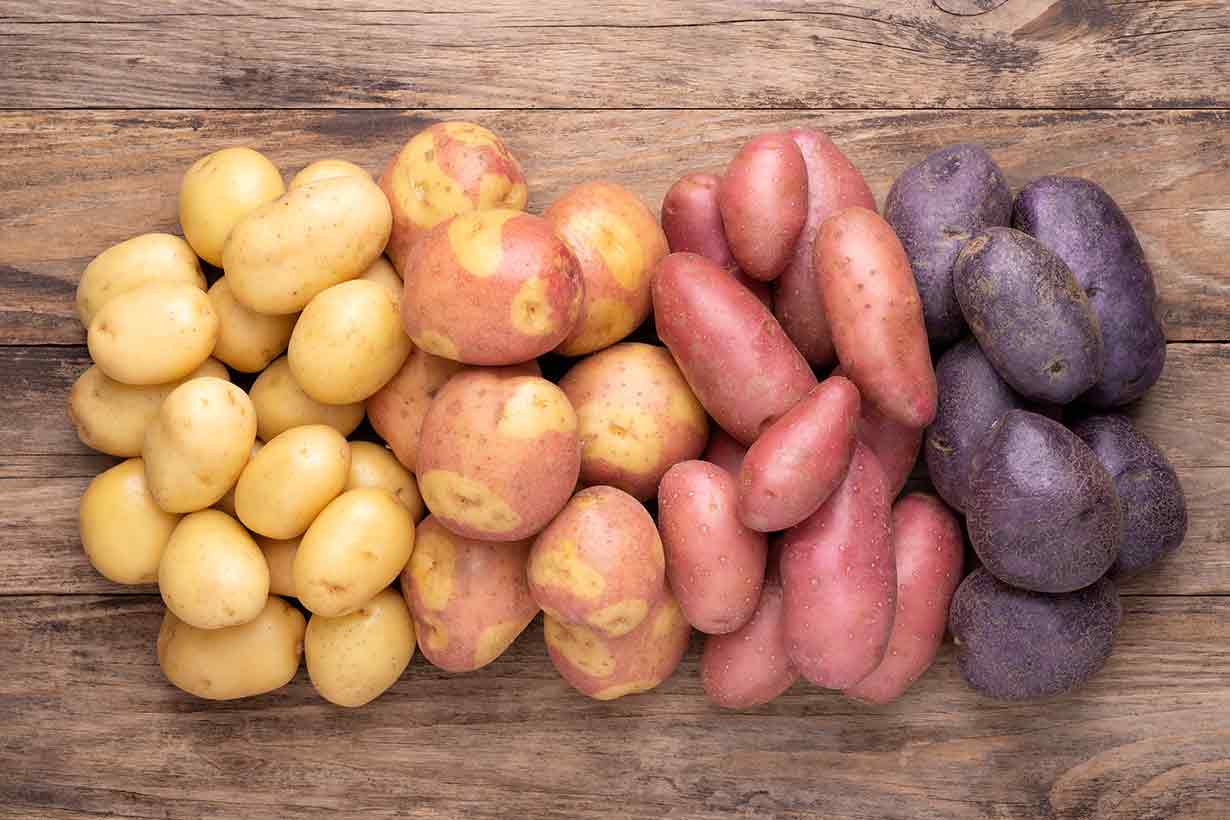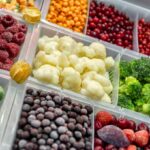We often hear nutritional guidance telling us to consume more green vegetables.
However, all vegetables can be a great source of nutrients regardless of color or appearance.
This article presents a list of yellow vegetables alongside their key nutrients.
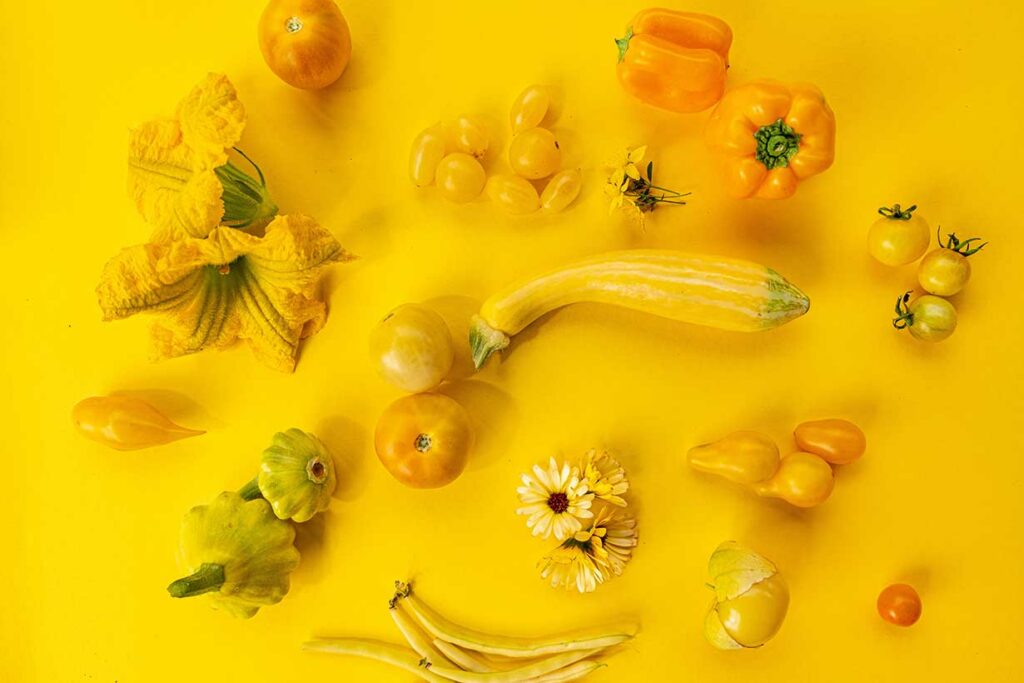
Table of contents
Why are Some Vegetables Yellow?
Before we start looking at some specific yellow vegetables, let’s first examine why they are yellow. Also, how might this affect their nutritional properties?
Put simply, yellow vegetables are high in compounds with a yellow pigment.
These yellow pigments include various xanthophylls, part of the greater carotenoid class of phytochemicals. Lutein and zeaxanthin are two commonly-known examples of xanthophylls (1, 2, 3).
Since they have a yellow pigment, xanthophylls are responsible for the yellow shades in various foods.
Lutein is one of the main carotenoids in yellow bell peppers, and lutein and zeaxanthin are both present in egg yolk (3, 4).
Do Yellow Vegetables Have Any Unique Benefits?
First of all, yellow vegetables contain many of the same vitamins and minerals as vegetables of other colors.
Additionally, it is not true that only yellow and red vegetables contain the xanthophylls lutein and zeaxanthin.
For instance, kale and spinach contain significant amounts of these carotenoids despite their green color. To clear up any confusion, kale and spinach are not yellow because of their substantial (green pigmented) chlorophyll content (5).
That said, yellow vegetables do tend to provide a reliably good amount of:
- Lutein
- Zeaxanthin
- Vitamin C
Additionally, various observational studies have demonstrated that a higher intake of yellow (or green and yellow) vegetables is associated with a lower risk of (6, 7, 8, 9, 10, 11):
- Depressive symptoms
- Low bone mass
- Cancer risk and mortality
- Type 2 diabetes
- Mental health difficulties
It is worth noting that associations are just that: associations.
However, when the evidence all points in the same direction, it is more likely that the associations are picking up an effect.
Generally speaking, most of the available evidence supports the greater consumption of vegetables as beneficial (12, 13, 14).
A List of Yellow Vegetables
Here are ten yellow vegetables to try; some are common staple foods, and others are a little less well known.
1) Rutabaga (Swede)
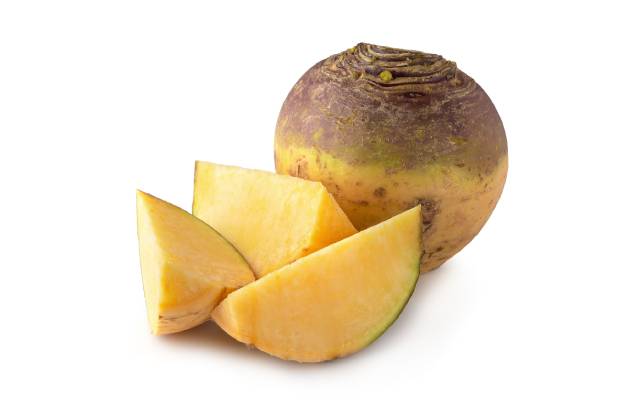
Also known as swede, rutabaga is a root vegetable with a mildly sweet taste.
One of the best reasons to include rutabaga in the diet is its vitamin C content.
A 240-gram cup of cooked rutabaga provides 45 mg of vitamin C, equivalent to 50% of the recommended daily value (DV) (15).
Rutabaga is also very versatile, and it can be boiled, mashed, fried, stir-fried, deep-fried, or roasted.
It can also make an excellent ingredient in soups and stews or for making lower-calorie (and lower carb) fries.
Key Facts (Per 240g cup of cooked rutabaga)
- Calories: 72 kcal
- Carbohydrates: 16.4g
- Fiber: 4.32g
- Sugars: 9.48g
- Fat: 0.43g
- Protein: 2.23g
- Key nutrients: vitamin C (50% DV), potassium (11% DV)
2) Summer Squash (Crookneck)
Crookneck squash is one of the varieties of summer squash. It is a yellow-fleshed vegetable, and it is also known as yellow squash.
All types of squash are botanically fruit. However, they are usually used as vegetables.
Crookneck squash is an excellent source of vitamins A and C.
Per cup (cooked), crookneck squash has 101 mcg of retinol activity equivalent vitamin A. This amount equals 11% of the recommended daily value (16).
Additionally, this same amount of crookneck squash offers 21mg of vitamin C, equal to 23% of the daily value.
Key Facts (Per 180g cup of cooked crookneck squash)
- Calories: 34 kcal
- Carbohydrates: 6.82g
- Fiber: 1.98g
- Sugars: 4.46g
- Fat: 0.70g
- Protein: 1.87g
- Key nutrients: vitamin C (23% DV), vitamin A (11% DV)
3) Sweet corn
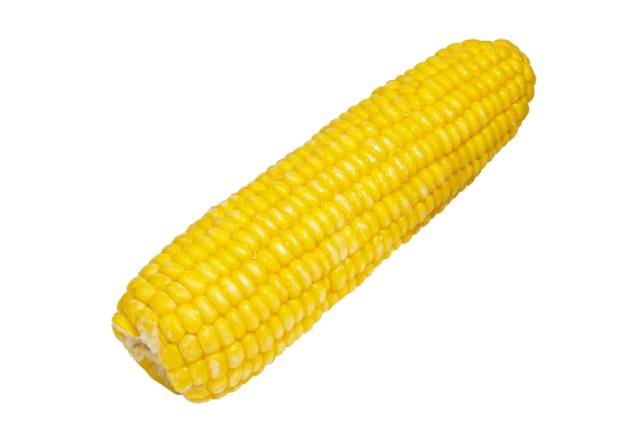
There is often confusion about whether corn is a grain or a vegetable. However, in its whole, unprocessed form, sweet corn is classed as a vegetable.
Also known as corn on the cob, sweet corn provides a good range of nutrients.
While this yellow vegetable can work well alongside a meal, many people also use sweet corn as a nutritious snack.
A medium-sized (103g) ear of corn contains almost every vitamin and mineral. However, each nutrient tends to be present in small to moderate amounts.
Key Facts (Per 103g ear of cooked sweet corn)
- Calories: 99 kcal
- Carbohydrates: 21.6g
- Fiber: 2.47g
- Sugars: 4.68g
- Fat: 1.54g
- Protein: 3.51g
- Key nutrients: pantothenic acid/vitamin B5 (16% DV), niacin/vitamin B3 (11% DV)
4) Yellow Beets
The color purple will come into the head of most people when they hear the word beets.
However, different varieties of beets exist, and this includes yellow beets.
Otherwise known as golden beets, this yellow variety has a unique appearance.
The nutritional properties of purple and yellow beets are thought to be similar.
However, purple beets contain high amounts of a phytochemical called betacyanins. Betacyanins have a red/purple color and belong to a class of phytochemicals called betalains (17).
In contrast, yellow beets are richer in a betalain called betaxanthin, which has a yellow pigment (18).
Key Facts (Per 100g of cooked beets)
- Calories: 44 kcal
- Carbohydrates: 9.96g
- Fiber: 2.0g
- Sugars: 7.96g
- Fat: 0.18g
- Protein: 1.68g
- Key nutrients: Folate (20% DV), manganese B3 (14% DV)
5) Yellow Bell Peppers
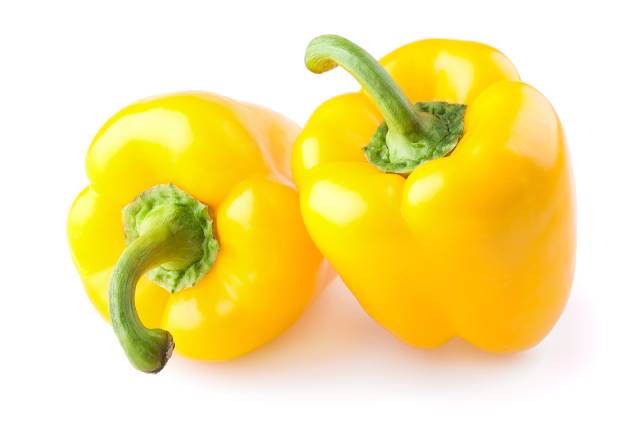
Interestingly, there is a prevalent myth about yellow bell peppers.
On this note, it is not true that all yellow peppers start as green peppers and then become red when fully mature.
Bell peppers of many colors will be green when immature and still growing. However, mature green, yellow, orange, and red bell peppers are different plants.
Despite this, all bell peppers are an excellent source of nutrients.
For example, a large yellow bell pepper (raw) provides a surprisingly high 342 mg of vitamin C. 342 mg is equivalent to 380% of the recommended daily value for vitamin C (19).
Key Facts (Per large raw yellow bell pepper)
- Calories: 50 kcal
- Carbohydrates: 11.8g
- Fiber: 1.67g
- Fat: 0.18g
- Protein: 1.68g
- Key nutrients: Vitamin C (380% DV), copper (22% DV)
6) Yellow Carrots
Although most people think of carrots as orange, a variety of colors exist.
Among the various colors, it’s possible to find yellow, orange, red, and even purple.
Compared to the regular orange variety, yellow carrots contain a smaller amount of beta-carotene. However, they also have larger amounts of lutein, which is thought to play a vital role in eye health (20).
Key Facts
Unfortunately, there is no reliable entry into a nutritional database for yellow carrots.
However, here are some facts about this yellow vegetable uncovered by research:
- Yellow carrots contain smaller amounts of beta-carotene and vitamin C than orange carrots (20).
- The concentration of lutein is higher in yellow carrots (20, 21).
- A randomized controlled trial showed that lutein in yellow carrots is highly bioavailable. Over 7 days, daily yellow carrot consumption significantly increased blood levels of lutein (22).
7) Yellow Potatoes
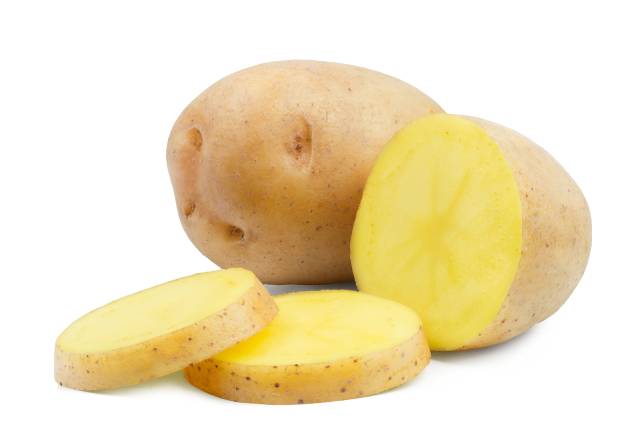
Sometimes referred to as ‘yellow potatoes’ or ‘golden potatoes,’ Yukon Gold is a potato cultivar with yellow-tinted flesh.
Interestingly, Yukon Gold potatoes may contain more vitamin A than regular white-fleshed potatoes.
Researchers demonstrated that golden potatoes could provide up to 42% of vitamin A requirements per 150-gram portion (23).
Key Facts
There are no reliable entries for Yukon Gold potatoes in a major nutritional database.
However, aside from the potential extra vitamin A, there is no reason to suspect their general nutritional properties are vastly different from any other cultivar of potato.
Key Facts (Per 202-gram medium cooked potato)
- Calories: 212 kcal
- Carbohydrates: 48.9g
- Fiber: 4.65g
- Fat: 0.20g
- Protein: 4.93g
- Key nutrients: Copper (74% DV), Vitamin C (34% DV)
8) Yellow Tomatoes
Once again, tomatoes are another botanical fruit that we recognize and use as vegetables.
However, not all tomatoes are red.
Yellow tomatoes do not contain lycopene. Lycopene is a red-pigmented carotenoid that we can find in regular tomatoes.
Additionally, a study looking at the differences between red tomatoes and yellow tomatoes demonstrated that (24):
- Yellow tomatoes have similar vitamin C content to red tomatoes.
- Red tomatoes contain lycopene, while yellow tomatoes do not.
- Yellow tomatoes have a lower beta-carotene content than red tomatoes.
- The total polyphenol content of yellow tomatoes is higher than that of red tomatoes.
Key Facts (Per 212-gram yellow tomato)
- Calories: 32 kcal
- Carbohydrates: 6.32g
- Fiber: 1.48g
- Fat: 0.55g
- Protein: 2.08g
- Key nutrients: Vitamin C (21% DV), folate (16% DV)
9) Yellow Wax Beans
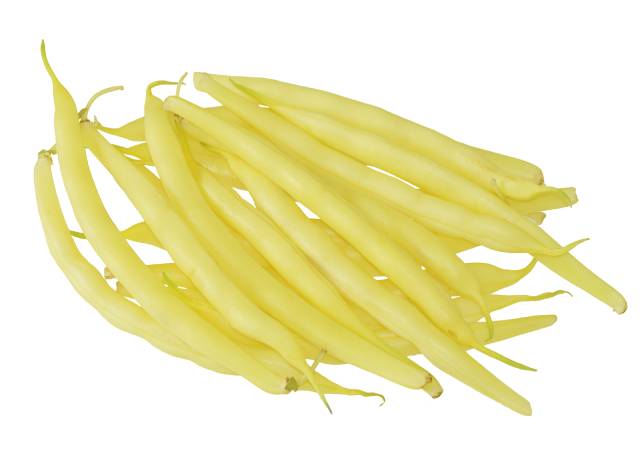
Wax beans are a tasty yellow-colored vegetable also known as yellow string beans.
These beans are a form of green bean, but they have a yellow pod.
Yellow wax beans need no special preparation, and they can be used like green beans:
- Steam them
- Boil and then add a bit of oil or butter with salt for seasoning
- Use wax beans in a stir-fry
- Or follow any regular green bean recipe
Aside from the difference in color and appearance, wax beans have a very similar taste to green beans.
Key Facts (Per 145-gram of cooked yellow beans)
- Calories: 73 kcal
- Carbohydrates: 9.06g
- Fiber: 4.2g
- Fat: 3.92g
- Protein: 2.1g
- Key nutrients: Vitamin K (47% DV), folate (8% DV)
10) Yellow Zucchini
Yellow zucchini (also known as yellow courgette or golden zucchini) is a type of summer squash.
This yellow vegetable looks very similar to a regular zucchini, aside from the bold yellow color.
Research shows that yellow zucchini has significantly higher carotenoid content compared to green zucchini.
In a recent study, yellow zucchini contained 1036 mg of lutein per kilogram, whereas green zucchini contained only 135 mg (25).
There are no real taste differences between green and yellow zucchini, and their culinary uses are the same.
Key Facts (Per 180-gram of cooked zucchini)
- Calories: 27 kcal
- Carbohydrates: 4.84g
- Fiber: 1.8g
- Fat: 0.65g
- Protein: 2.05g
- Key nutrients: Vitamin C (26% DV), manganese (13% DV)
Final Thoughts
Although the “eat the rainbow” advice we sometimes hear can be simplistic, different color foods offer varied nutritional content.
This article shows that yellow vegetables are often an excellent source of lutein and vitamin C.
Including some of these yellow options can be a tasty and nutritious way to put some color on the plate.


